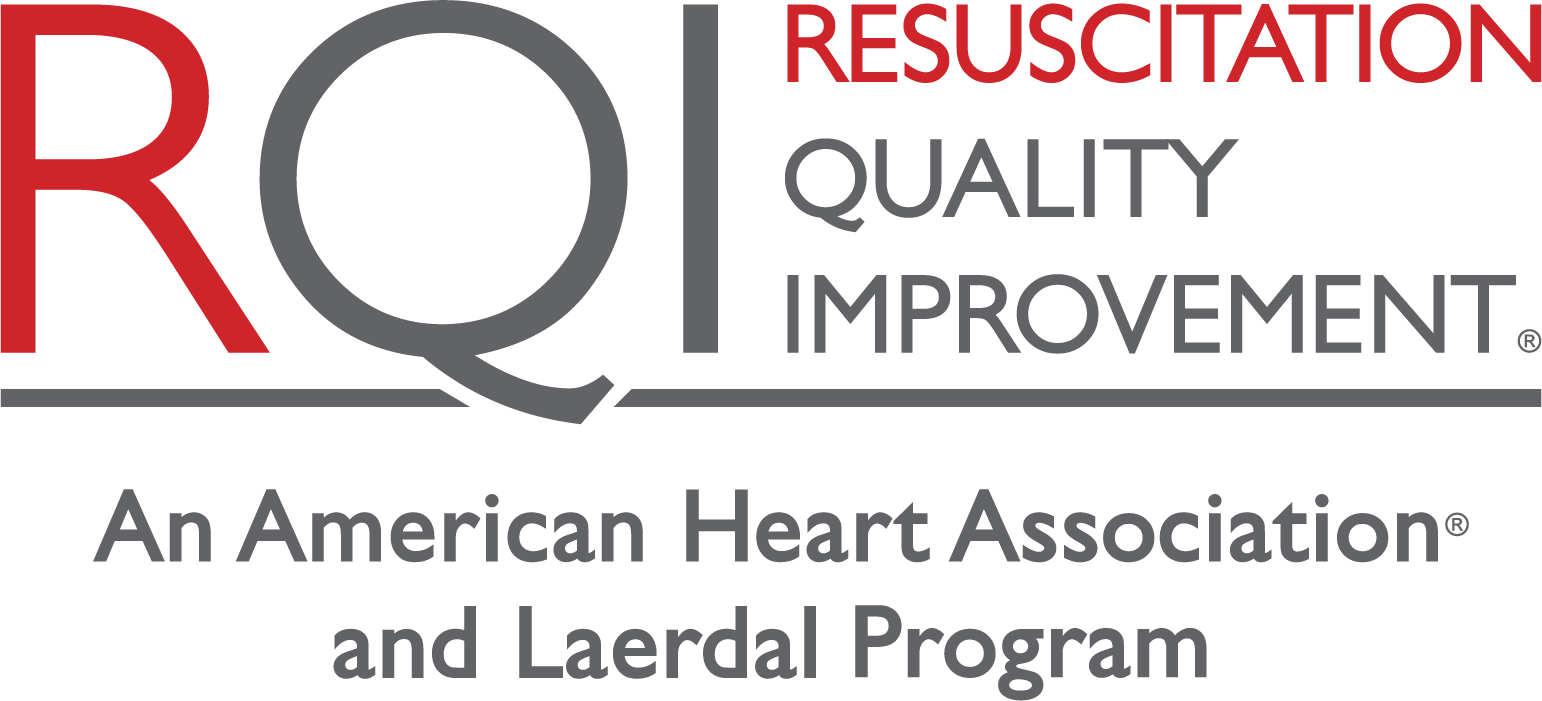Seaman, KG. Resuscitation. 2020; (156), 265-267
Importance of Conclusion
If CPR can be started within 1 minute of cardiac arrest, survival can be as high as 80%. Because of this, the training and quality improvement of dispatched-assisted telephone CPR must be focused on motivating 911 callers to act and deliver chest compressions. This focus, aligned with a low-dose, high-frequency model, hold the promise of improving the continued association of telephone CPR and the increase of survival outcomes after cardiac arrest.
Key Points
- Dispatch behaviors that are linked to increased survival are defined by standardized performance metrics that provide the basis for quality improvement measurement and feedback.
- The RQI low-dose, high-frequency education has proven beneficial in hospital CPR training. This same educational approach, via RQI for Telecommunicators, is now being implemented in dispatch centers so that the maximum time elapsed from last education to taking an actual cardiac arrest dispatch call is no more than 3 months.
- The low-dose, high-frequency model in telephone CPR allows dispatchers to access and apply knowledge to overcome barriers to recognition of cardiac arrest and delivering chest compressions, resulting in increased bystander CPR, and ultimately improved survival.
- Innovative education approaches, such as the use of artificial intelligence and recorded 911 calls, have shown promising benefit for the ability to support dispatchers in more accurate and rapid identification of cardiac arrest.
